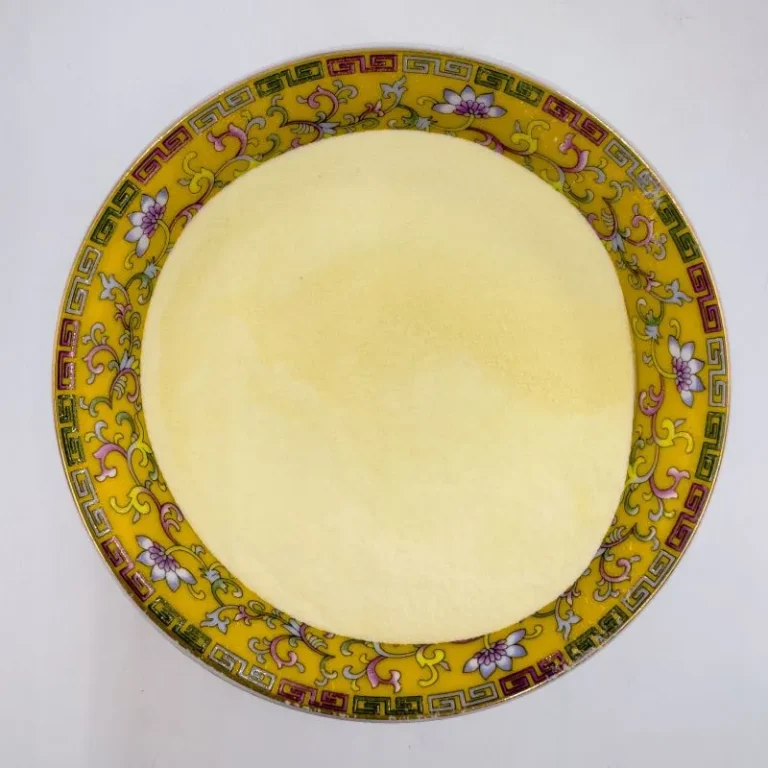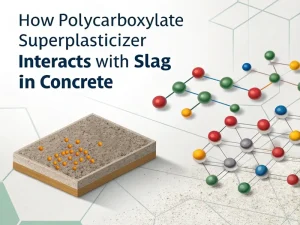Blog

In modern building materials, PCE superplasticizer is a new type of concrete admixture. It has changed concrete production and significantly improved the performance of concrete in various applications.
Monomer polymerization
PCE superplasticizer is a complex polymer formed by the polymerization of specific monomers. The primary polymer skeleton is usually composed of acrylic or methacrylic acid units. These monomers are connected in a chain-like structure, forming the basis of PCE molecules. For example, using free radical polymerization technology, acrylic monomers are polymerized in standard PCE formulations. This involves free radicals triggering polymerization reactions, causing monomers to react and form long-chain polymers.
Unique sidechain architecture
The unique feature of PCE superplasticizer lies in its unique side chain structure. Long polyethylene glycol (PEG) side chains are attached to the polymer backbone. The length and density of these side chains can be precisely controlled during the manufacturing process. The molecular weight of PEG side chains can vary, with standard lengths ranging from several hundred daltons to several thousand daltons. Adjusting the side chain characteristics allows for customizing PCE superplasticizer performance based on specific concrete applications. For example, longer side chains can provide enhanced spatial hindrance, which is beneficial for maintaining the dispersion of cement particles over time.
Carboxylic acid group
The carboxylate groups on the polymer skeleton play a crucial role in the function of PCE superplasticizers. These functional groups carry negative charges in aqueous environments. When added to concrete mixtures, carboxylate groups are attracted to the positively charged surface of cement particles. This electrostatic interaction is the first step in the dispersion mechanism of the PCE superplasticizer. Carboxylic acid groups adsorb onto cement particles and generate negative charges on their surfaces. This negative charge repels other negatively charged cement particles, causing them to disperse in the concrete mixture.
The hydrophilicity of PEG side chains
PEG side chains have high hydrophilicity. They have a strong affinity for water molecules in concrete mixtures. This hydrophilicity facilitates the initial dispersion of cement particles and contributes to the long-term stability of concrete mixtures. PEG side chains interact with water molecules, forming a hydration layer around cement particles. This hydration layer acts as a lubricant, reducing friction between cement particles and allowing them to move more freely within the concrete matrix. In addition, the hydrophilicity of PEG side chains helps prevent the re-aggregation of cement particles by providing a spatial barrier.
Electrostatic repulsion is formed by combining negative ions on water-reducing agents and calcium ions on cement to form an adsorption double layer, which causes the Zeta potential on the surface of cement particles to become negative, thereby increasing the repulsion between particles.
However, polycarboxylate superplasticizer can still maintain a good water-reducing effect when the absolute value of Zeta potential on the surface of cement particles is less than 10mV, mainly due to its steric hindrance effect.
When polycarboxylate superplasticizer is added to cement concrete, its anionic main chain adsorbs onto the surface of cement particles and their hydration products. In contrast, the side chains insert into the liquid phase, forming an adsorption layer with branched and side chains on the surface of cement particles.
When cement particles approach each other, the adsorption layer will overlap, resulting in spatial repulsion between the branched and side chains. This repulsion prevents cement particles from approaching each other, thereby maintaining the dispersion of cement particles, releasing more free water, and improving the fluidity of concrete
PCE superplasticizer can accelerate the hydration process of cement. By dispersing cement particles more effectively, the surface area of cement particles in contact with water increases. This allows for faster and more complete hydration reactions.
At the same time, the addition of polycarboxylate superplasticizer ensures that concrete does not exhibit significant segregation or bleeding even under high slump conditions, resulting in a uniform appearance color. This is suitable for preparing high-fluidity concrete, self-leveling concrete, and self-compacting concrete.
In addition, polycarboxylate superplasticizers can reduce the slump loss of concrete. The slump loss of ready mixed concrete after 2 hours is less than 15%.
In the long run, the use of PCE superplasticizers can also improve the strength of concrete. PCE superplasticizer reduces the friction between cement particles. It promotes the hydration reaction of cement, thereby increasing the compactness of concrete, reducing pores, and significantly improving the compressive strength of concrete.
Well-dispersed cement particles react more entirely over time, forming more substantial and durable concrete structures. In large-scale infrastructure projects such as bridges and dams, the long-term strength provided by PCE-treated concrete is crucial to ensure the project’s structural integrity throughout its lifecycle.
Concrete formulated with polycarboxylate superplasticizer has good durability. Due to its excellent water retention and bonding properties, concrete is less prone to cracking and peeling during long-term use, extending its service life. In addition, polycarboxylate superplasticizers have low alkali content and good environmental friendliness, further enhancing the durability of concrete.
Polycarboxylate water reducers are compatible with different types of cement and admixtures, solving the problem of poor compatibility between other types of water reducers and cementitious materials. This enables polycarboxylate superplasticizers to perform well in various construction environments, especially at low temperatures, with good product stability and no precipitation.

How Polycarboxylate Polyether Monomer Affect Concrete Performance
Blog How Polycarboxylate

How Polycarboxylate Superplasticizer Interacts With Slag In Concrete
Blog How Polycarboxylate